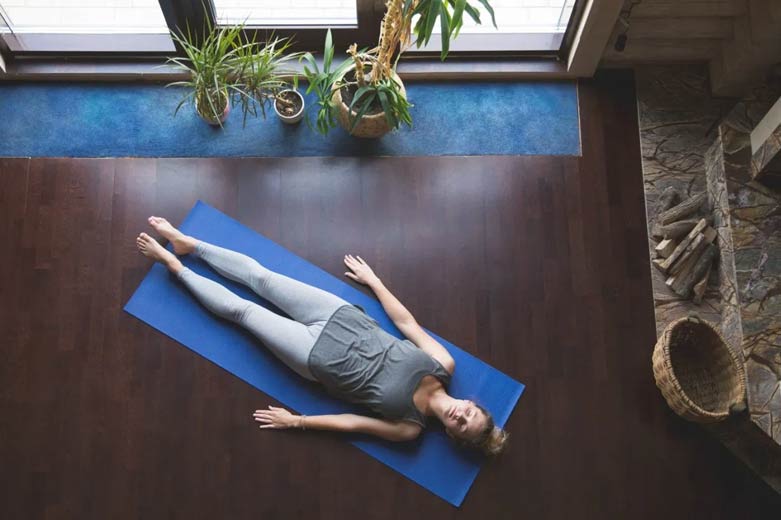When we think of building muscle we often picture bodybuilders with bulky biceps, bench pressing free weights in a gym. But your body contains many less conspicuous muscles that are just as important. Your pelvic floor, for example, consists of muscles that keep your pelvic organs functioning properly, right where they should be.
Weak pelvic muscles contribute to all sorts of problems, including incontinence, urinary leakage, and prolapse. So how do you keep them strong? That’s where the Kegels come in.
How to do Kegel Exercises:
Kegels, coined by their namesake, Dr. Arnold Henry Kegel, are exercises that strengthen the pelvic floor muscles. To locate your pelvic floor muscles, squeeze as though you’re holding in gas, or stopping the flow of urine. Feel that tightening of the rectum? That’s your pelvic floor.
To perform a kegel, contract your pelvic floor for five seconds, and then rest for 10 seconds. Do one set of 10 contractions, three times a day. For maximum benefit, perform each set of 10 in a different position: one sitting, one standing up, and one lying down.
How not to do Kegels:
As you perform Kegels, make sure that you are exercising the correct muscles. Your belly should be still — if it contracts while you are performing a Kegel, you are using your abdominal muscles. You should also be able to breathe normally — if you find yourself holding your breath while you are performing a Kegel, you are using your chest muscles. You should remain still — if your body is moving up and down, you are using your thigh muscles or your buttock muscles. Relax and try again until only your pelvic floor muscles contract and release.
What to expect:
As you begin to perform Kegels regularly, you may notice a temporary increase in incontinence. Don’t panic: This simply means that your pelvic floor muscles are fatigued, and on their way to growing stronger. Keep at it, and you should see positive results in a few weeks.
You may need to minimize distractions and focus the first few times you do Kegels to make sure that you’re doing them correctly. But with practice you will find that you can do them anywhere: while reading, driving, eating, or watching TV. Even better? No one will even know you’re doing them!
Benefits of Kegel Exercises:
In 6-12 weeks, you’ll experience greater control of your pelvic floor, and all of the organs it supports. The stronger your pelvic floor, the more control you’ll have over your bladder, and more effective your urethra will be at holding back urine. If you’re still having “accidents,” contact your doctor. Your physician can recommend further medication or treatment.
More Info
If you have questions about kegels or any other pelvic floor physical therapy, consider making an appointment with our therapist.

